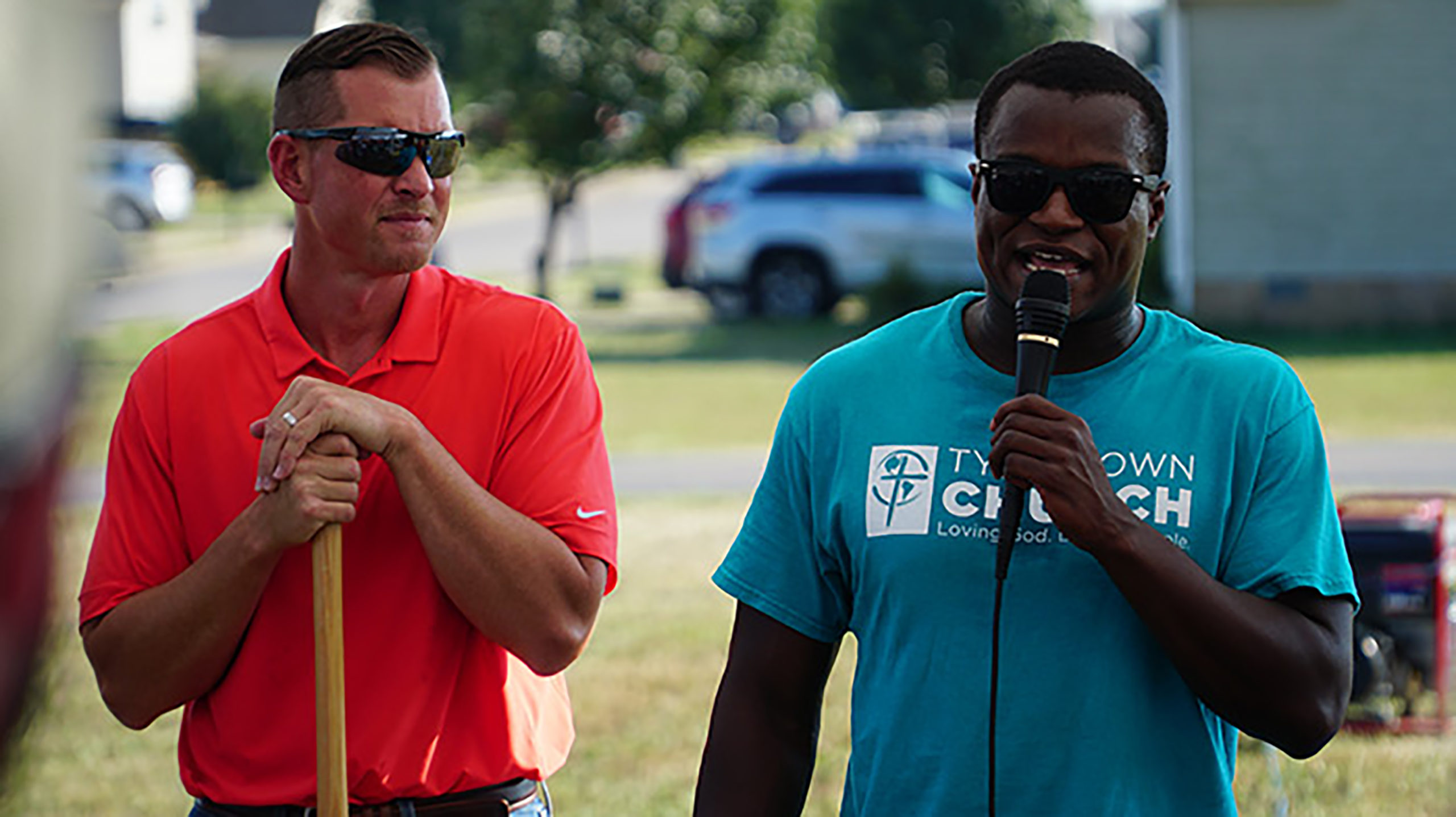Sometimes it is what happens before a new pastor arrives on the field that determines if a church can be revitalized.
Living Hope Baptist Church, Clarksville, Tennessee, is proof positive of that, affirmed Pastor Derek Smith.
When Smith became pastor of Living Hope in December 2009, a major step in revitalization had already occurred in August. Led by transitional interim pastor Jim Harvey and a group of deacons who knew it needed to be done, they convinced the church members to change its name from Little Hope Baptist Church to Living Hope.
The old name had been seen as a hindrance to attracting future growth, even though it is located on Little Hope Road.
According to the church’s history, it was called Little Hope because some said “there was little hope of ever having a church here.”
The move to change the name was contentious, Smith admitted, noting the church was established in 1869.
About half of the 120 members prior to his arrival ended up leaving. “If it had not been for those deacons who stood up, [the name change] would not have happened,” he noted.
‘Uncomfortable changes’
As it turned out, the church reached 100 new members within the first 12–15 months after the name was changed to Living Hope.
In addition, those deacons continued to support Smith “through some hard, uncomfortable changes,” he recalled. “The deacons … all said they wanted to see the church grow and see people saved.”
Not long after Smith became pastor, they had a youth band one night and the music was loud. Smith noted one of the deacon patriarchs said, “This is not my kind of music, but if it’s going to reach young people in our community, I’m for it.”
At 29 and in his first church out of seminary, Smith did not initiate wholesale changes at first. They changed worship leaders but continued to sing traditional hymns while introducing contemporary music through the church choir. The church accepted the new songs because the choir was singing them, he explained.
The church began practicing a servant evangelism program by reaching families with children and got involved more and more in the life of the community.
“We became valuable to our community,” Smith said. The community saw the church loved them and it made a difference, he added. “That started our growth.”
During the 11-1/2 years since the name change, attendance has grown from the original 120 to about 900 pre-pandemic. And the church has baptized more than 500 people.
The church gradually moved to a more contemporary worship style and added a larger church facility. The growth includes more staff members.
Tylertown campus
Living Hope also has established a new campus in the Tylertown community of Clarksville.
The church recently built and opened a child care learning center in Tylertown to meet the needs of that community and to serve as the second campus of the church for Sunday morning worship.
Smith noted the community around the new campus is racially diverse so the church chose an African-American pastor, Irvin Wasswa, to lead the campus church. He actually joined the staff of Living Hope in 2018, about a year before starting the new congregation.
“If we don’t look like our community, we will be irrelevant to our community,” Smith observed.
Wasswa recruited “seed families” to go with him in what Smith jokingly called a “glorified coup.”
Smith believes the Tylertown campus will be the model for future Living Hope campuses.
“We love the idea of five churches of 500 people instead of one church of 2,500 people, and we are seeing God honor intentional diversity.”
Smith said when he first considered coming to Living Hope, he sensed God was at work and the church was ready to see revitalization and growth.
And, with God’s provision and leadership, Living Hope has seen both, he noted.
“You have to release control to the Holy Spirit,” he said.
Rick Stevens, associational missionary for Cumberland Baptist Association, said Smith’s ability to lead the church’s transition in a gradual, steady way was key.
“He has earned credibility during his tenure and that has helped him lead one of the most missions-minded congregations in our association.
“[Smith] also is a great bridge builder with other churches and community leaders,” Stevens added.
By Lonnie Wilkey
Baptist and Reflector
EDITOR’S NOTE — This article was originally published by Tennessee’s Baptist and Reflector. To read more articles like this on Tennessee Baptists, visit baptistandreflector.org.









